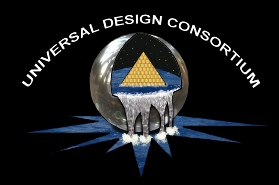



Compressed Earth Block often referred to simply as CEB, is a type of manufactured construction material formed in a mechanical press that forms an appropriate mix of dirt, non-
The advance of CEB into the construction industry has been driven by manufacturers of the mechanical presses, a small group of eco-
The advantages of CEB are in the wait time for material, the elimination of shipping cost, the low moisture content, and the uniformity of the block thereby minimizing, if not eliminating the use of mortar and decreasing both the labor and materials costs.
· CEB can be pressed from humid earth. Because it is not wet, the drying time is much shorter. Some soil conditions permit the blocks to go straight from the press onto the wall. A single mechanical press can produce from 800 to over 5,000 blocks per day, enough to build a 1,200 square feet (110 m2) house in one day.
· Shipping cost: Suitable soils are often available at or near the construction site. Adobe and CEB are of similar weight, but distance from a source supply gives CEB an advantage. Also, CEB can be made available in places where adobe manufacturing operations are non-
· Uniformity: CEB can be manufactured to a predictable size and has true flat sides and 90-
CEB had very limited use prior to the 1980s. It was known in the 1950s in South America, where the Cinva Ram was developed by Raul Ramirez in the Inter-
U.S. manufacturers produce much larger machines that run with diesel or gasoline engines and hydraulic presses that receive the soil/aggregate mixture through a hopper. This is fed into a chamber to create a block that is then ejected onto a conveyor.
During the 1980s, soil-
Construction method is simple. Less skilled labor is required; wall construction can be done with unskilled labor encouraging self-
Soil mix conditions: The soil mix is 15-
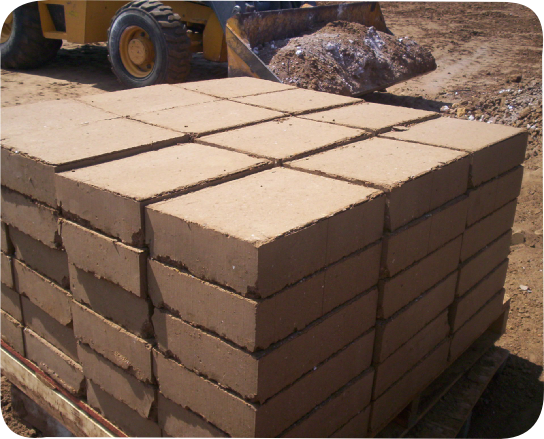

FACT: Earthen construction, as incorporated in UDC projects was first used by the
ancient Sumerians in urban design more than 6,000 years ago it was is now present
day Iraq.
FACT: Passive design and orientation was again first utilized by the ancient Sumerians, but fully realized and successfully integrated into building design as a essential design feature by civilizations such as the Egyptians, Romans, Greeks Mayans, Incas, Aztecs and American Indian tribes of the Southwestern United States.
FACT: Taos Pueblo constructed between 1000 and 1045 A.D. is the oldest continuously inhabited house in the United states. The home incorporates both earthen building techniques and materials as well as passive polar orientation strategies to achieve efficiency and performance.
FACT: More than one half of the world's population,
approximately 3.5 billion on six continents, live and
work in earth buildings.
FACT: The oldest known earth building in the world
that is still standing and used is a Mosque in
Djenne, Mali (Right). Constructed entirely of rammed earth
and coated in a festival annually with a natural
mud plaster for over 1,100 years. The Mosque is
7 stories high.
FACT: UDC projects such as the Universal Home™ and shelter design use natural Lime plaster. The plaster is applied to the interior and exterior of the wall systems. The plaster is made up of Nopal cactus as a binder of Lime and clay elements i to create a exterior semi-
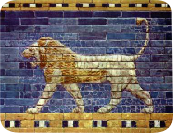
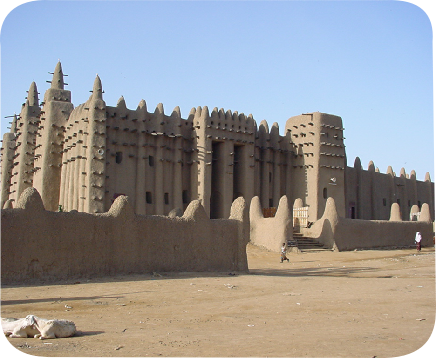

ABOVE: A hybrid CEB/ Light Frame constructed home in South Texas consists of an exterior 14” CEB wall system capable of shielding the home from thermal gain during the day.
ABOVE: A Construction worker manufacturers CEB’s using a AECT 3500 Series Pressing Machine. The machine is capable of producing 5,500 Blocks pure day.
ABOVE: A standard size pallet of CEB’s consisting of 72 10” x 14” x 4” blocks weighing in at 2,500 pounds.
ABOVE: A Construction worker lay CEB’s using the wet stack method. Each block is compressed at over 2,700 PSI by hydraulic presses and void of 95% of moisture. Each block has a compressive strength of 1,000 PSI.
ABOVE: The LMI-
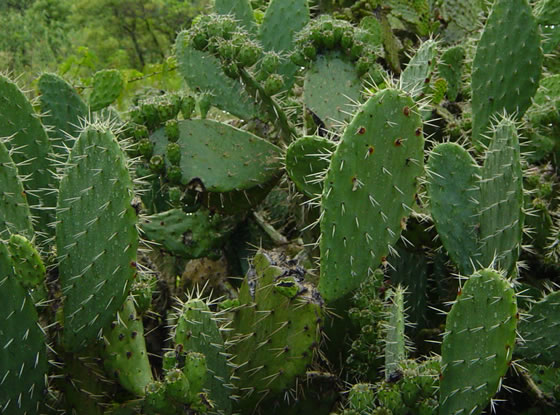
BELOW: Nopal cactus, indigenous to much of the South Western United States serves as a primary component in natural Lime plaster used to overlay the CEB’s. BELOW LEFT: Student Volunteers cut Nopal cactus into 1” squares to be used to produce cactus water, a natural binder. BELOW RIGHT: Construction workers install Natural Lime Plaster in two coats; Scratch Coat (Red) and Finish Coat (White).
